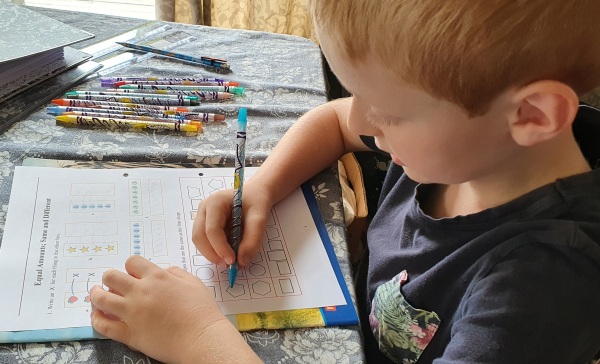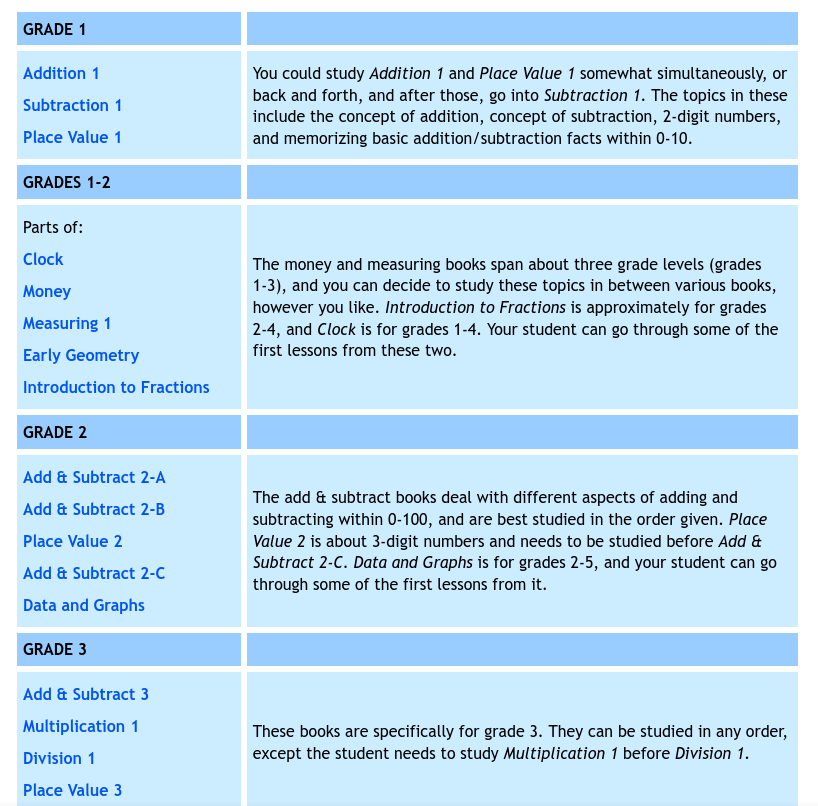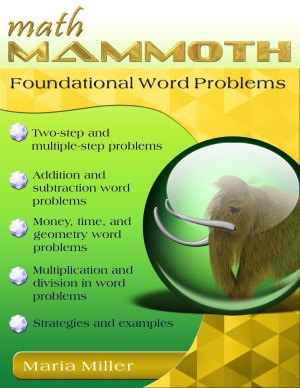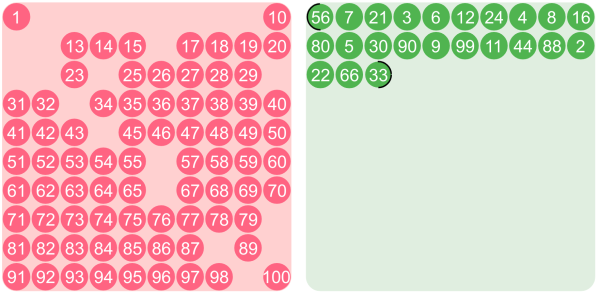
Hello again! In this month's newsletter we have: |
1. Math Mammoth newsThe next sale at the Math Mammoth website for the digital versions will be in May.Rainbow Resource Center will probably run a sale for the MM printed books in early May (they said). Just a heads up... there will be a new edition for grade 7 later this year... it's still on track to be published in the early summer. |
2. Math Mammoth in hybrid school setups https://www.mathmammoth.com/schools/hybrid If you're contemplating such a setup, it will give you plenty of ideas of how others go about it! |
3. Word problems bookRecently, a parent contacted me for help. Their child (in 5th grade) has gaps in a few areas (e.g. multiplication tables, long division) but also is struggling with word problems.I recommended the Math Mammoth Foundational Word Problems book. It is a workbook intended for students in 3rd grade and above who have trouble with word problems and who need to “go back to the beginning”, so to speak, to learn to solve them. The problems are generally based on a knowledge of third grade math, such as regrouping in addition and subtraction, the multiplication tables, concept of division, and calculating change. The problems do not require long multiplication, long division, or calculations with fractions or decimals (with the exception of money amounts). The worksheets have examples and some instruction about common strategies for word problems. Students are often encouraged to write down the calculations they do. They are also encouraged to make a drawing or a sketch of the situation in the problem, to help them understand the situation and to see what math operation is involved. Overall, most of the problems require two or more steps; however, some problem sets focus on differentiating what math operation should be used, and those only require a single step. Several problem sets are designed to help students to master problems that involve equal-size groups. These questions either ask for the total (and are thus solved by multiplying), or they ask for the size of the group or for the quantity of the groups (one can write a missing number multiplication sentence, such as 3 × ___ = 18 or use division). The book also includes word problems with fractions, with large numbers, with money, geometry word problems, and challenges in the form of puzzle corners. |
4. A study order for the Blue Series books Many people use Math Mammoth BLUE Series to help their children catch up if they are behind, or to fill in gaps. Some even use the Blue series as their main math curriculum.
Many people use Math Mammoth BLUE Series to help their children catch up if they are behind, or to fill in gaps. Some even use the Blue series as their main math curriculum.
The Blue Series consists of TOPICAL books... so how does one use them in sequence? In what order would they be used? The choice is yours, and lots of flexibility... but to help you get some idea of what goes where, and how they map to grade levels, this chart can help. |
5. Game for factors and multiplesHere's a neat game that makes you think, to practice factors and multiples from Nrich.org.Besides playing it as a two-person game, you can play it yourself. Just try to make as long a chain of numbers as possible!😀 Tablet version is available here. |
6. Just for fun!
Thanks for reading! 🙂 Feel free to forward this issue to a friend/colleague! Subscribe here. Till next time, Maria Miller |
| Complete curriculum | Math games and interactive practice | Math Mammoth freebies | New to MM? Start here |
| Privacy & your personal data | The Wedding Garment parable | Blue Series: For filling in gaps |

